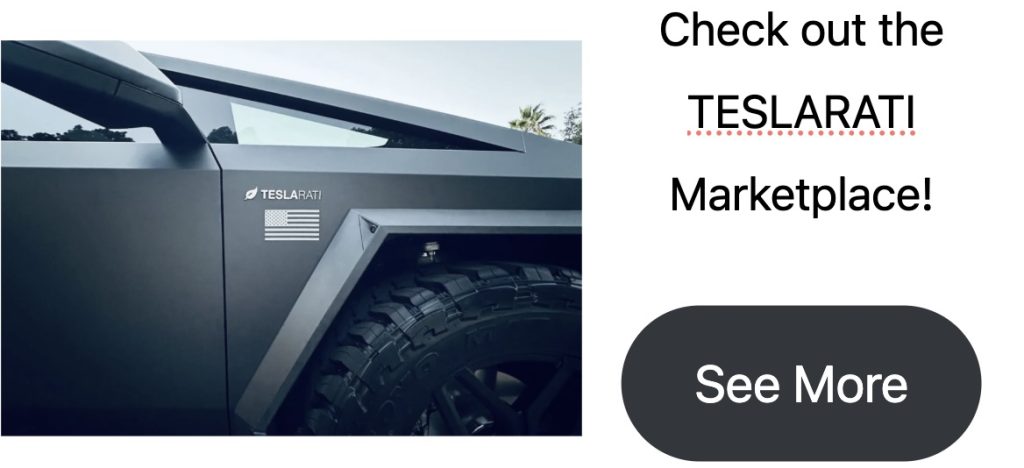A brand new examine from the Insurance coverage Institute for Freeway Security (IIHS) has highlighted the potential advantages to “cooperative steering” automated driving techniques in retaining drivers engaged.
The examine discovered that the chance a driver will stay engaged when driving with partially automated techniques is increased when utilizing “cooperative steering,” wherein handbook actions to the steering wheel don’t disengage the software program, in line with the examine outcomes shared in a press launch on Tuesday. Inversely, these utilizing partially automated techniques that flip off when drivers use the steering wheel had been much less more likely to take an energetic function.
“These outcomes recommend that small variations in system design can nudge drivers towards safer habits,” mentioned David Harkey, IIHS President.
This current examine checked out survey responses from 1,260 homeowners of autos from Ford, Basic Motors (GM), Nissan/Infiniti, and Tesla, who recurrently use their partially automated driving techniques.
Drivers who’re used to partial automation that switches off after they attempt to share management over the steering had been discovered to be much less prepared to steer or put their arms on the wheel in circumstances that required steering changes, whereas techniques with a point of handbook steering had been extra doubtless to assist drivers stay engaged with the street and take an energetic function when street situations demanded it.
These with cooperative techniques had been in the end 36 % extra doubtless than the others to say they might steer to at least one aspect of the journey lane when wanted.
Drivers with car techniques that did supply shared management had been 40 to 48 % much less doubtless than the others to say they might maintain their arms off the wheel in conditions that will make most drivers nervous, whereas two different current IIHS research confirmed that even these warned to stay engaged didn’t typically achieve this.
Techniques that stay on when drivers modify steering embrace Ford’s BlueCruise system and Nissan/Infiniti’s ProPILOT Help system, whereas each GM’s Tremendous Cruise and Tesla’s Autopilot disengaged from lane-centering upon receiving driver steering inputs. Whereas each the techniques from Tesla and Nissan required drivers to maintain their arms on the steering wheel, Tesla’s upgraded Supervised Full Self-Driving (FSD) permits some hands-free driving, and so do the aforementioned Ford and GM techniques.
“These are sizable variations,” mentioned Alexandra Mueller, IIHS Analysis Scientist and Lead Creator of the examine. “Though there may very well be many causes, one believable clarification is that techniques that change themselves off every time the motive force steers could make drivers much less more likely to wish to intervene, because it’s a ache to reactivate the system time and again.”
“These findings recommend that cooperative steering could have an implicit affect on how prepared drivers are to take motion when the scenario requires it, no matter how they assume their system is designed,” Mueller added.
You possibly can see the complete examine outcomes from the IIHS right here.
RELATED: Tesla highlights FSSD security in edge case check movies
Tesla’s Full Self-Driving Supervised and Cybercab unveil
The information comes weeks after Tesla unveiled its Cybercab robotaxi, which is constructed with no steering wheel, an accelerator, or brake pedals. It additionally is available in response to the corporate’s longtime wager on fully autonomous driving, first by way of the deployment of its FSD Supervised system, which is ultimately anticipated to unlock an unsupervised model that patrons can use in their very own autos.
Whereas Tesla’s wager on full autonomy will doubtless come to fruition in future years, discussions about driver engagement have been ongoing, particularly as these utilizing Supervised FSD and different partially automated driving techniques have used them in unintended ways in which weren’t authorised by the producers.
At the least for now, driver consideration stays an necessary a part of the trail to full autonomy, till techniques turn out to be secure sufficient to be trusted with out supervision. Till then, efforts to maintain drivers engaged could show fruitful, and Tesla and others have taken steps to watch drivers extra carefully after they use these techniques, with a purpose to guarantee full engagement and readiness to regain management of the car when wanted.
What are your ideas? Let me know at [email protected], discover me on X at @zacharyvisconti, or ship us suggestions at [email protected].
IIHS examined Tesla Autopilot safeguards: Right here’s what they discovered





